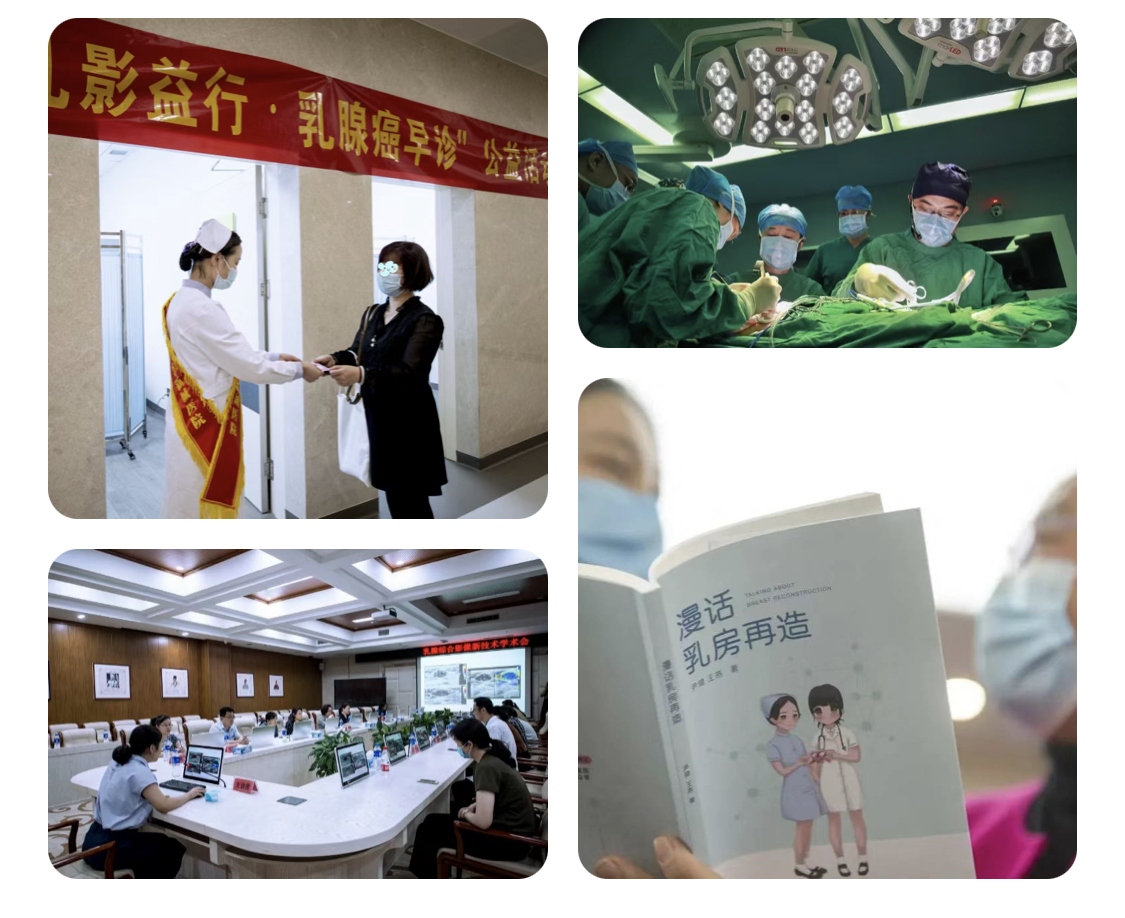Uni-cancer, Multidisciplinary Integration -- "Tianjin UMI model" to enhance the level of diagnosis and treatment for patients with breast cancer
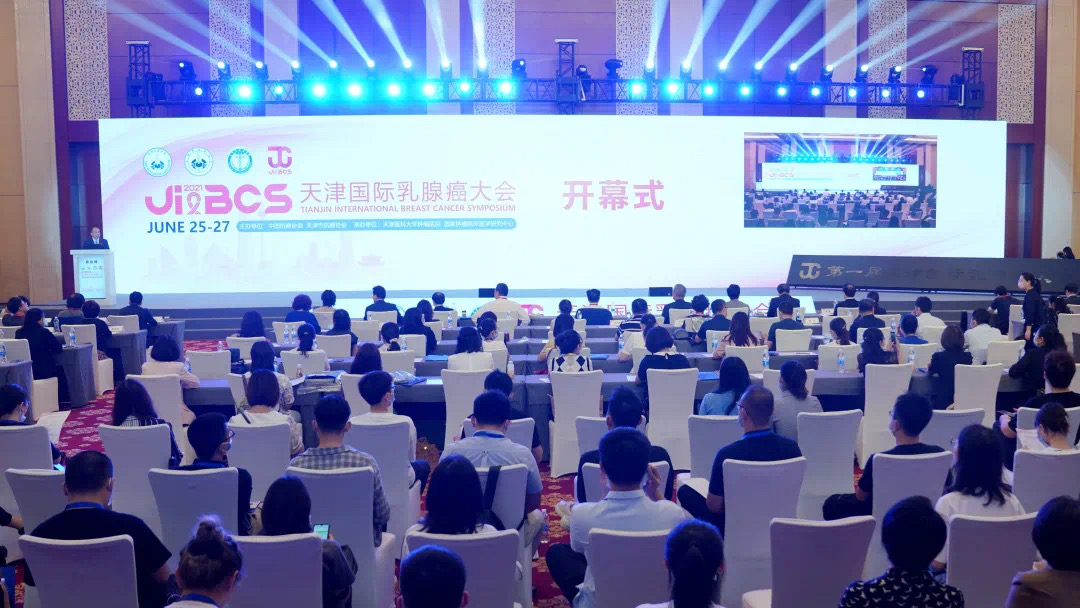
The 1st Tianjin International Breast Cancer Symposium (1st JINBCS) opened on June 25-27, 2021 in Tianjin. This was jointly hosted by China Anti-Cancer Association, Tianjin Anti-Cancer Association, and undertaken by Tianjin Medical University Cancer Institute and Hospital (TMUCIH) and the National Clinical Research Center for Cancer (NCRCC). During the conference, TMUCIH Research Center for Breast Cancer Prevention and Therapy announced its “Tianjin UMI model” with its novel strategies for breast cancer diagnosis and treatment. Having the characteristics of the "Uni-cancer, Multidisciplinary Integration model", TMUCIH provides comprehensive clinical services for patients with breast cancer, and makes continual efforts to raise their abilities in breast cancer diagnosis and treatment.
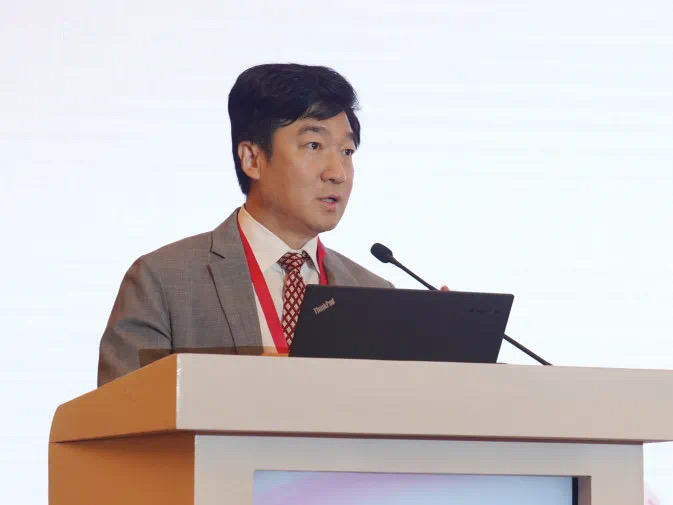
Professor Jihui Hao, Chairman of Tianjin Anti-Cancer Association, President of Tianjin Medical University Cancer Institute and Hospital, Director of Breast Cancer Treatment and Prevention Research Center, delivered a speech
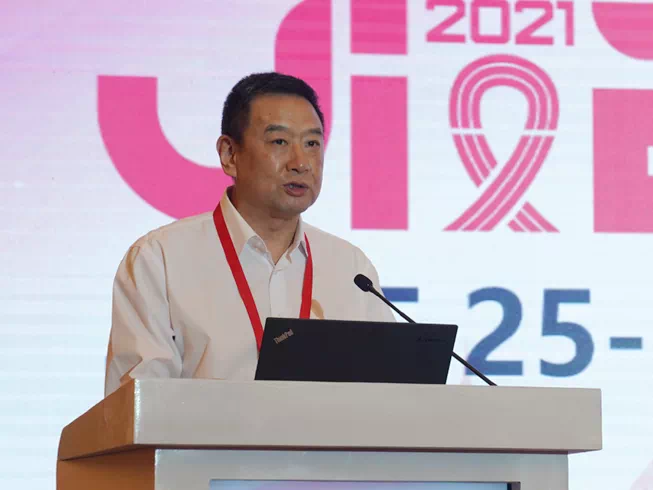
Prof. Qing Gu, Director of Tianjin Health Commission,delivered a speech
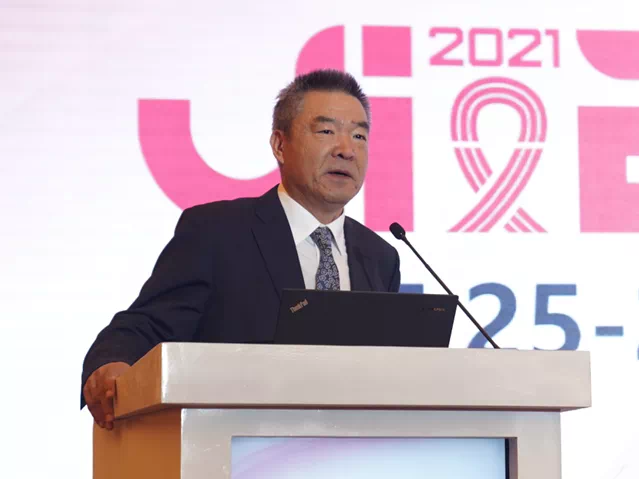
Prof. Zhi Yao, Secretary of the CPC Committee of Tianjin Medical University,delivered a speech
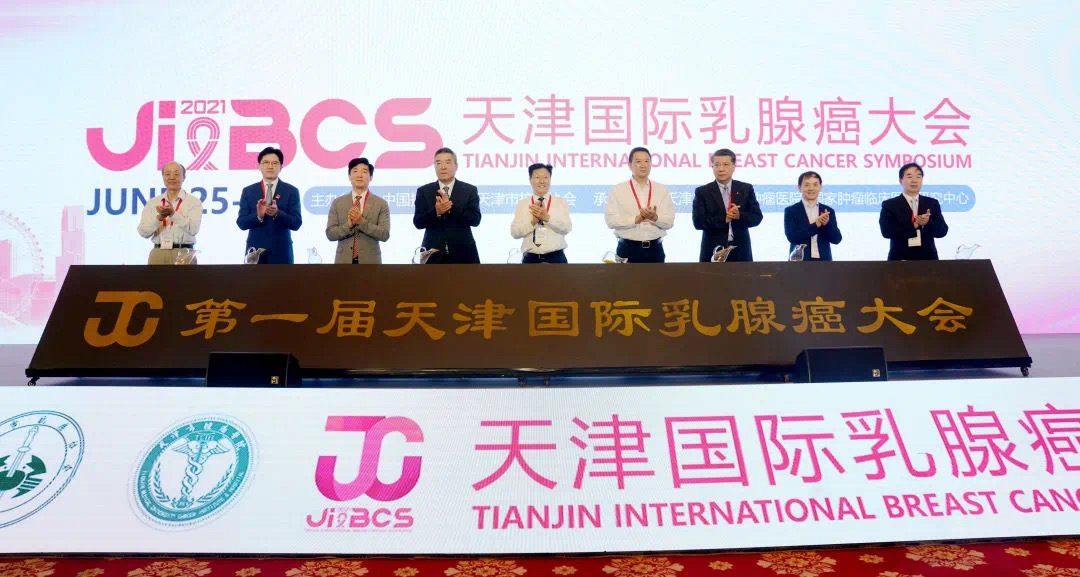
Breast cancer now ranks as having the highest risk of malignancy among Chinese women. The incidence rate is increasing year by year, seriously threatening women's health. From 2000 to 2015, the incidence of breast cancer in China rose from 31.90 per100,000 to 45.29 per 100,000, with an annual growth rate of 3.3%. This is significantly higher than the global average incidence rate making it urgent to explore strategies in screening, prevention, precise diagnosis and targeted treatment for patients with breast cancer.
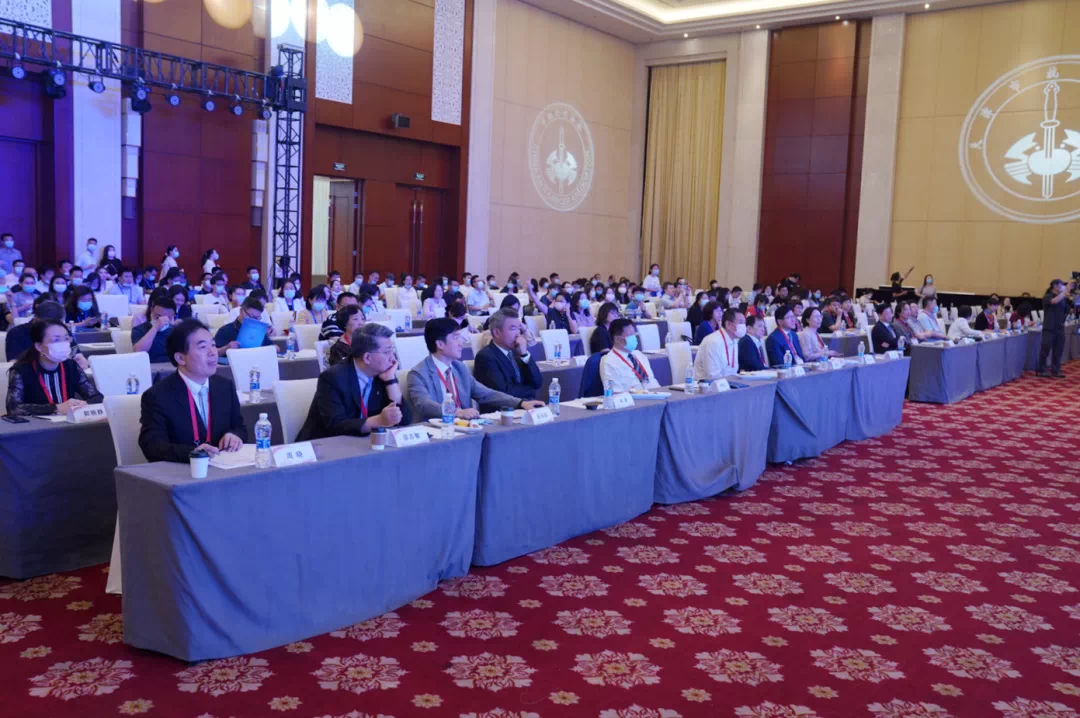
This conference gathered academicians, experts and scholars who are working on state-of-the-art basic and clinical research into breast cancer precision medicine, translational medicine, radiology, pathology and comprehensive treatment strategies, as well as those engaged in multi-disciplinary collaboration. Our distinguished guests have shared the latest research achievements and development trends in breast cancer research. The conference also engaged in “the 1st Tianjin consensus discussion on breast cancer early diagnosis and treatment”, and provided a novel platform for cooperation in the development of breast cancer prevention and treatment.
# Interpretation of "Breast cancer screening guidelines for Chinese women" #
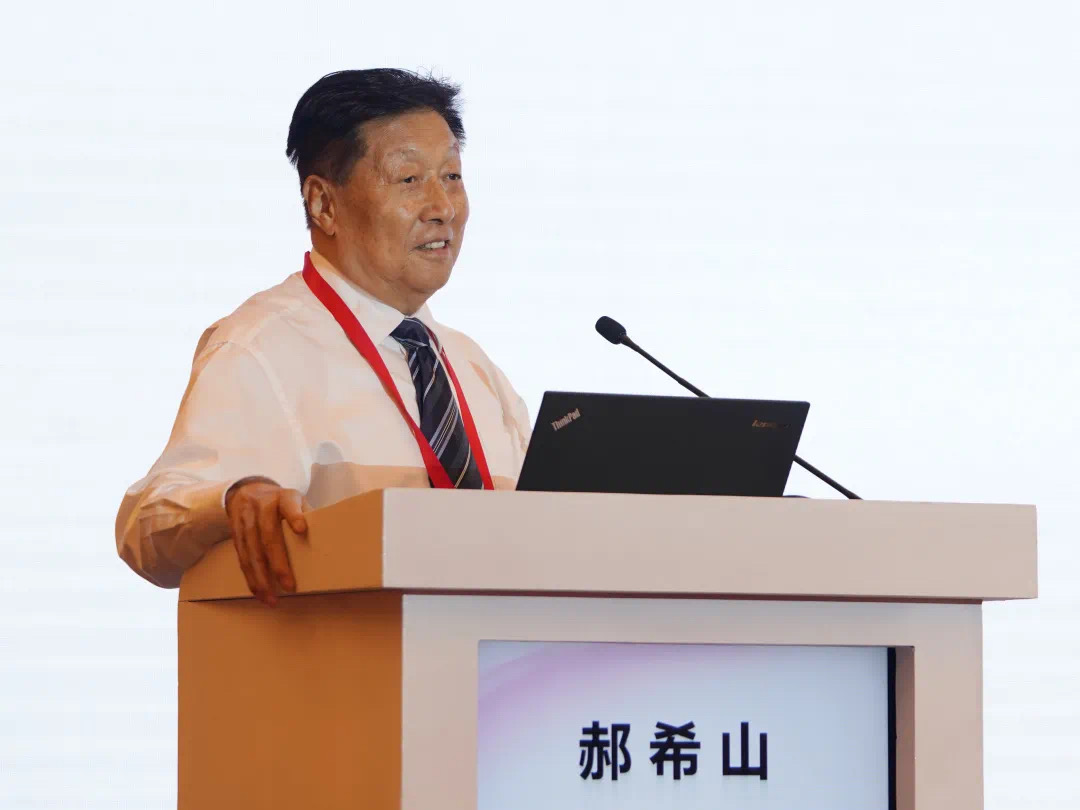
Prof. Xishan Hao, academician of Chinese Academy of Engineering and the honorary chairman of the conference, interpreted the "Breast cancer screening guidelines for Chinese women". He said that at present, the early detection rate of breast cancer has been raised to 85% by using standardized breast cancer screening in Europe and the United States where the proportion detected by early screening was over 20%, and accordingly the 5-year overall survival rate of patients with breast cancer is higher than 90%. In contrast, due to the lack of suitable guidelines for breast cancer screening relating to our national conditions and the incidence of breast cancer, the early detection rate of breast cancer in China is less than 20%, and the proportion detected by screening is even less than 5%. Standardized screening is an important way to achieve early diagnosis and treatment of breast cancer and so improve survival rates.
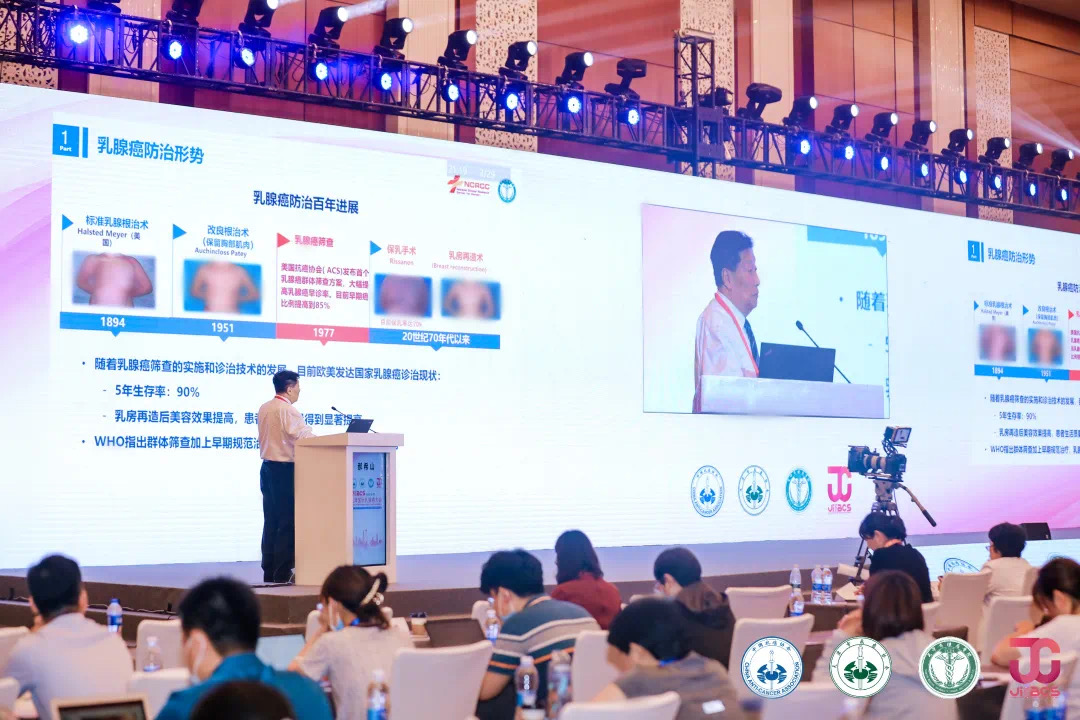
China Anti-Cancer Association and TMUCIH have launched many programs providing breast cancer screening for Chinese women. Based on the large sample size obtained in breast cancer epidemiological investigations, cancer screening and statistical analysis, "Breast cancer screening guidelines for Chinese women" was released in 2019. According to current economic and social development levels in China as well as the screening age, screening methods and screening costs, it is recommended that women aged from 45 to 69 should receive regular breast X-ray examination every two years.
#“Tianjin UMI model” of breast cancer diagnosis and treatment#
According to the latest data released by WHO International Agency for Research on Cancer (IARC), the incidence of breast cancer has now exceeded that of lung cancer, with the number of patients being the highest among all types of cancers. The demand for breast cancer prevention and therapy is still increasing.
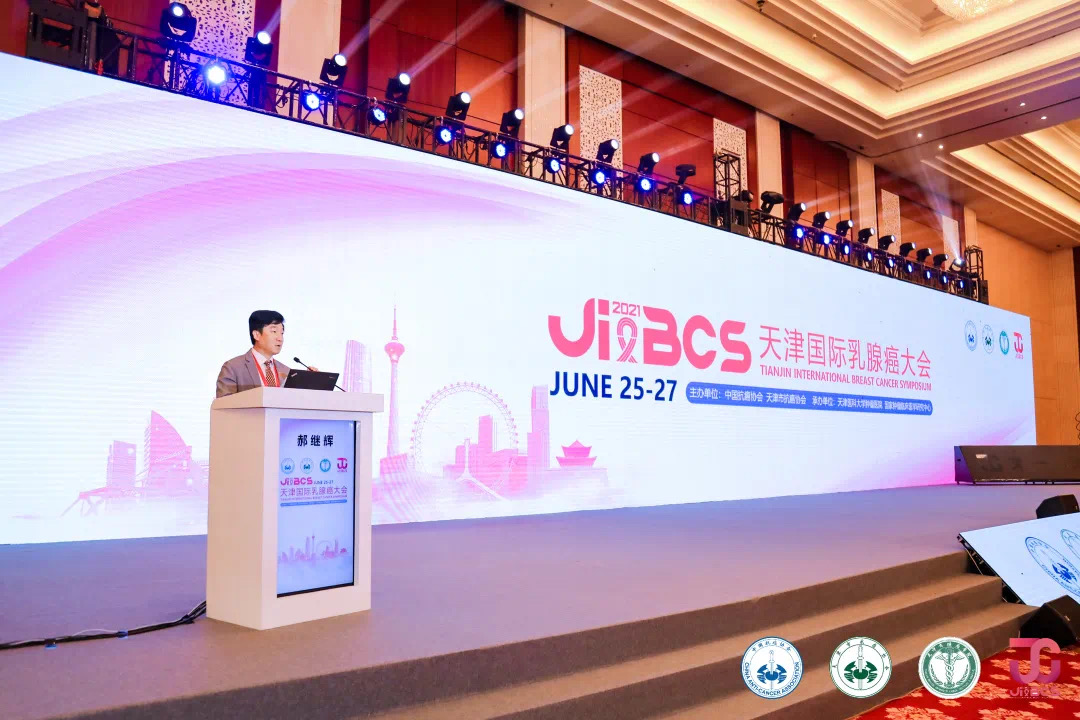
Traditional breast cancer diagnosis and treatment often refers to surgery or mastectomy, but it is difficult to achieve comprehensive management of breast cancer diagnosis, treatment, and later rehabilitation. It is also difficult to reach a precise and individualized diagnosis and treatment for the diverse categories of patients. According to the introduction from Prof. Jihui Hao, president of TMUCIH, the hospital is now publicizing “Tianjin UMI model” for breast cancer diagnosis and treatment, so as to achieve the goal of improving the survival rate of patients with breast cancer.
1. Professional launching of "Uni-cancer" diagnosis and treatment
Considering the current need for breast cancer diagnosis and treatment as well as the number of patients; departments focusing on breast cancer radiology, pathology, surgery and internal medicine therapy all need to be launched independently, to ensure that patients with breast cancer can receive professional and specialized services.
2. "Multidisciplinary" investigations
Breast cancer is one of the solid tumors engendering the most complicated treatment methods of all types of cancers. TMUCIH has now formed the only center providing comprehensive breast cancer diagnosis and treatment in China which integrates basic research, clinical research, cancer screening, diagnosis, surgery, internal medicine, breast reconstruction, rehabilitation, radiology, radiotherapy, chemotherapy, immunotherapy, target therapy, endocrine therapy and other related disciplines. Experts from diverse professional backgrounds can cooperate closely to carry out comprehensive diagnosis and treatment for patients.
3. Achieving "Integration"
Patients with breast cancer can begin to receive their first treatment under the guidance of specialized breast oncologists at TMUCIH. The examination having been firstly conducted in the only specific breast imaging department in China: the Department of Breast Imaging of TMUCIH; Pathological diagnosis having been conducted by the only specific breast cancer pathology department in China: the Department of Breast Cancer Pathology and Research Laboratory of TMUCIH; Where surgery is needed, the doctor will take full account of the special needs of breast cancer patients for physique and psychotherapy according to their different needs and situations and, then conduct either a radical operation, breast conserving surgery, breast reconstruction or other surgical operations. For local advanced and recurrent/metastatic breast cancer, systemic treatments including radiotherapy, chemotherapy, endocrine therapy and targeted therapy can be carried out. After treatment, patients can also follow the guidance of the center's unique professional breast rehabilitation therapists for systematic rehabilitation and restorative exercise. The center also has an outstanding basic research team to carry out breast cancer basic research and is independently undertaking the national breast cancer screening project.
Through the annually hosted national breast cancer standardized and professional training classes, TMUCIH has publicized projects on topics such as breast reconstruction and breast imaging, and has carried out long-term, focused reciprocal training and patient education, to assist hospitals in areas with weak technology to fill the gaps in diagnosis and treatment of breast cancer. They have made great efforts to standardize the screening and early diagnosis of breast cancer, effectively enhance the level of breast cancer diagnosis and treatment in the hospitals and peripheral radiation areas and achieve the standardization and integration of the services of primary medical institutions, so as to better meet the growing needs of medical and health services and effectively control the burden of breast cancer, and help to achieve the grand goal of Healthy China.
